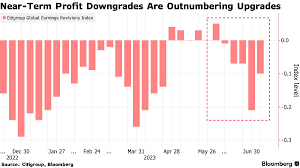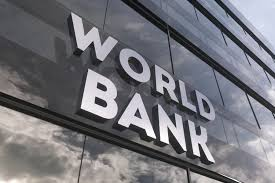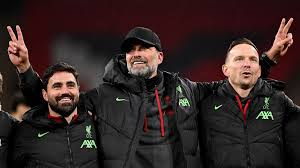The £466 Million Question: How the Premier League's New Spending Cap Will Change Football Forever

The £466 Million Question: How the Premier League’s New Spending Cap Will Change Football Forever
The Premier League is on the brink of its most dramatic transformation since its inception in 1992. At the center of the storm? A proposed spending cap of £466 million per club per season, a radical financial reform that could reshape the global football landscape, curb inflationary spending, and redefine the Premier League’s power dynamics.
Dubbed by some insiders as the "Premier Cap," this new measure isn’t just a tweak to Financial Fair Play—it’s a line in the sand, signaling the end of unchecked transfer sprees and wage inflation that has long favored the richest clubs.
💰 Why £466 Million?
The cap—reportedly benchmarked against a percentage of the league’s central revenue distributions—is designed to:
- Level the playing field between financial juggernauts and mid-table clubs
- Ensure long-term financial sustainability across all 20 teams
- Curb excessive wage-to-turnover ratios and multi-club spending distortions
The figure is high enough to remain competitive with top European leagues but low enough to force internal prioritization.
⚖️ What the Cap Covers
The proposed £466M figure would reportedly cover aggregate spending on player wages, agent fees, amortized transfer costs, and bonuses—not just new signings. This makes it a holistic cap, not just a transfer market brake.
For comparison:
- In 2023–24, Manchester City reportedly spent over £560M on wages and amortizations alone
- Mid-table clubs like Brentford and Fulham operated within £150–200M
Under the cap, elite clubs will need to make tough choices or offload bloated squads to stay compliant.
⚔️ Winners and Losers: A Changing Hierarchy
🟢 Potential Winners
- Aston Villa, Brighton, Brentford: Clubs with tight wage structures and sharp recruitment could close the gap.
- Academy-driven clubs like Arsenal and Chelsea (if they pivot) will benefit from youth promotions.
- Clubs with data-led recruitment models may thrive, maximizing value per pound spent.
🔴 At-Risk Giants
- Manchester United and Chelsea, with oversized wage bills and squad inefficiencies, may be forced into fire sales.
- Manchester City, though financially disciplined, may need to shed depth to avoid breaching cap limits.
- Clubs with high amortization schedules from past spending sprees will feel the squeeze.
🔁 Transfer Market Implications: From Arms Race to Smart Spending
With hard limits in place, we could see:
- Decline in 9-figure deals for players, shifting focus to efficiency and upside
- Surge in free transfers, player swaps, and incentivized loan deals
- Younger, cheaper players prioritized over ready-made stars
- Greater use of data analytics and scouting to uncover value beyond the traditional hotspots
In essence, the Premier League may finally see a "Moneyball moment"—where strategy beats raw cash.
🌍 Global Impact: Ripple Effects Across Europe and Beyond
The Premier League has long been the financial engine of world football. If its biggest clubs tighten the purse strings, it will likely:
- Deflate prices in Europe’s secondary markets (Portugal, France, Netherlands)
- Reduce financial dependency on EPL sales for clubs abroad
- Encourage La Liga and Serie A to consider similar caps to remain competitive
Agents, intermediaries, and feeder clubs worldwide are already bracing for the end of the Premier League premium.
🧠 The Strategic Shift: Club CEOs Enter the Spotlight
Success under the new cap won't be defined by who spends the most—but by who plans the smartest. Football’s future may belong to:
- Clubs with strong sporting directors and financial controls
- Managers who can work with leaner squads and adaptable systems
- Ownership models that blend ambition with accountability
The era of "chequebook football" may be closing. In its place? A more sustainable—and potentially more competitive—Premier League.
🏁 Conclusion: Football’s Next Chapter Starts Now
The £466 million spending cap isn’t just a policy—it’s a paradigm shift. For decades, money ruled football’s hierarchy. But as the Premier League prepares to rewrite its financial rules, clubs face a new challenge: thrive under constraint or fall behind.
The future won't be determined by the biggest war chest. It will be written by those who can turn constraint into strategy—and pressure into opportunity.
League Manager Editorial Team








Leave a Comment